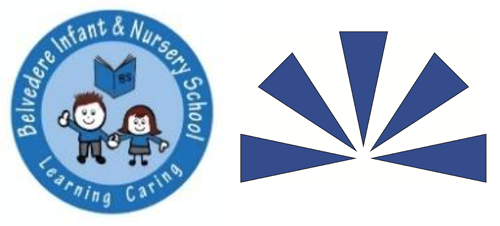Home | Learning | Curriculum | Subjects | Computing
Computing
Home | Learning | Curriculum | Subjects | Computing
Computing
Two
Schools
One
Vision
Computing

The National Curriculum for Computing states:
‘The new national curriculum for computing has been developed to equip young people in England with the foundational skills, knowledge and understanding of computing they will need for the rest of their lives. Through the new programme of study for computing, they will learn how computers and computer systems work, they will design and build programs, develop their ideas using technology and create a range of content.’
E-Safety
The development of the ‘E’ Safety policy ensures a robust approach to safeguarding children and staff in using the Internet safely and responsibly. The detailed policy is in line with Government Guidance and provides an aide memoire to all stakeholders about the use of e-mail, dangers of cyber bullying and the robust permissions required to safeguard children.
Computing Curriculum
Learning Journey from Reception to Year 6
E-Safety Half Termly Planner

BIS Computing Rationale



